Movie Review “Forks Over Knives” – Part Two: The Problem
In Part One of my review of the documentary “Forks Over Knives” I presented an introduction to what the documentary is about. In this, the second part of my review, I will present the problem as it is expressed in the documentary.
The problem, as I see it, is organized in two categories: 1) There is a growing healthcare crisis in the United States, and 2) There is a direct correlation between the incidence of the diseases which are the basis of this crisis and diet.
This documentary was written and directed by Lee Fulkerson, who admits he has not always lived the healthiest of lifestyles and has eaten more than his share of fast foods. The documentary begins with a number of startling statements about the current state of the health of Americans: This Year Heart Disease and Stroke will claim the lives of 460,000 American Women; The average American now carries 23 extra pounds; Diabetes, Hypertension, Bone Disease and Osteoporosis are rampant health problems plaguing Americans; Prostate cancer is now the most common cancer in American men (there are 215,000 new cases of prostate cancer a year); Doctors say we really need to eat less red and processed meat because it can lead to Arteriosclerosis, Cancer and Autoimmune disease; There are unprecedented amounts of type 2 diabetes in our children and we’re starting to see hypertension in our children in grammar school.
Clearly the Western diet is taking a toll. This should serve as a wakeup call. We have a growing problem and, the ones who are growing are us. No less than 40% of Americans today are obese; About half of us are taking some form of prescription drug; The best known statin drug, Lipitor, is the most prescribed drug ever in the world; Almost 1 in 5 America Four Year Olds are now considered to be obese; This could be the first generation of children in the United States that lives less that its parents; We spend 2.2 trillion dollars a year on healthcare, over 5 times more than the defense budget; We pay more per person for healthcare than any industrialized country in the world, yet we’re sicker than ever; Michelle Obama had this to say, “Obesity, diabetes, heart disease, high blood pressure are all diet related health issues that cost this country more than 120 billion dollars each year”
Every minute a person in the U.S. is killed by heart disease and 1500 people a day die from cancer – Combined these two diseases kill over 1 million Americans every year; Cases of diabetes are skyrocketing particularly among our younger population; One out of three people born in the U.S. today will develop this crippling condition (diabetes) during their lifetime; Millions of others suffer from a host of degenerative diseases; Millions more of us are so stimulated by sugar, coffee, and energy drinks that we mask our chronic fatigue.
That the United States is facing a healthcare crisis should be no surprise to any of us as politicians debate the best way to deal with it and the Supreme Court examines whether or not legislation that has been passed to address the crisis is Constitutional.
The second part of the documentaries’ presentation of the problem is that there is a direct correlation between the incidence of these diseases and diet. Much of the substantiation for this claim is based upon the work of two men: Dr. Colin Campbell and Dr. Caldwell Esselstyn and their observations of how changes in the American diet correlated with the rise of these diseases. Their observations are based upon comparisons with other parts of the world where diet had remained essentially unchanged during the same time period.
Here are some interesting statistics about changes in the American diet:
In the last century the American diet has changed dramatically; Near the beginning of the 20th century Americans ate about 120 pounds of meat annually. By 2007 that figure had exploded to no less than 222 pounds; In 1913 we ate about 40 pounds of processed sugar each per year. By 1999 our consumption of all refined sweeteners had risen to over 147 pounds; In 1909 Americans consumed around 294 pounds of dairy products apiece but by 2006 our yearly intake of dairy had more than doubled to 605 pounds; The late 50s was the heyday of the drive in burger joint and the supermarket was just beginning to thrive in the newly built post World War II suburbs. This is when the so called convenience foods were born like the legendary foil wrapped T. V. dinner not to mention a host of other tasty processed delicacies devised to make our lives easier and better.
A number of the changes in our diet have been to insure we got enough protein and getting enough protein has been most commonly associated with eating enough meat. However, this documentary points us to the incidence of Coronary Artery Disease which over time is caused when a fatty substance in the bloodstream called Cholesterol builds up in the arteries restricting blood flow to the heart. Cholesterol is a natural substance produced by all animals, including humans. It goes on to say that “When we consume dietary cholesterol which is only found in animal foods like meat, eggs and dairy products it tends to stay in the bloodstream. This so called plaque is what collects on the inside of our blood vessels and is the major cause of coronary artery disease.” Heart bypass surgery is used to go around these blocked arteries. Today over 500,000 Americans have this surgery each year at a cost of about $100,000 each.
In the mid 1960’s Dr. Campbell was in the Philippines trying to get more protein to malnourished children. To keep costs down he and his colleagues decided not to use animal based protein. While there Dr. Campbell stumbled upon a piece of information that was extremely important, it centered on the more affluent families in the Philippines who were eating relatively high amounts of animal based foods. They were the ones whose children were more likely susceptible to getting liver cancer. This was very unusual since liver cancers are mainly found in adults.
He and others began to ask themselves “Could some foods, including several that we think are good for our health, also be causing many of our most serious health problems?’
For the next part of this review we will present a claim of the documentary which is presented in the form of a question, “could there be a single solution to all of these problems? A solution so comprehensive, yet so straightforward, it’s mind boggling that more of us haven’t taken it seriously. Someone has to stand up and say the answer isn’t another pill: The answer is Spinach. A growing number of researchers claim that if we eliminate or greatly reduce refined processed and animal based foods we can prevent, and in certain cases even reverse several of our worst diseases.”
They say all we need to do is adopt a whole foods plant based diet. It sounds almost too simple to be true.
Keep reading Lukewarm Legumes and watch for the next installment of this Movie Review “Forks Over Knives” – Part Three: The Solution

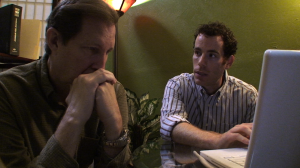
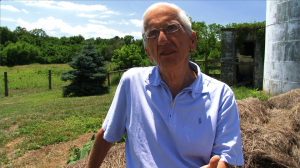
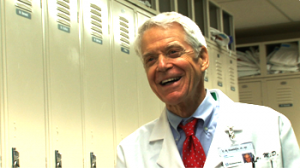
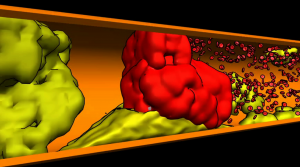
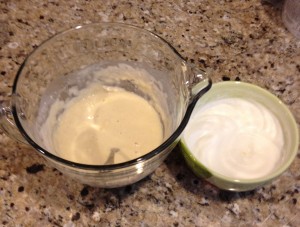


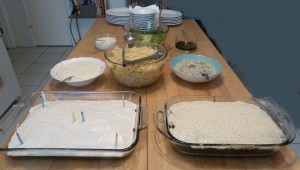
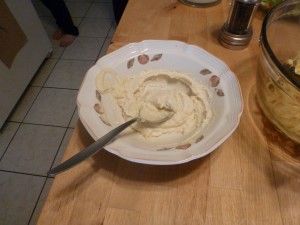
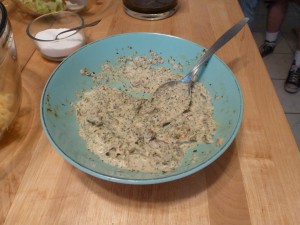
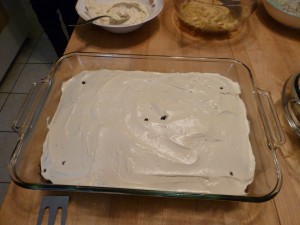

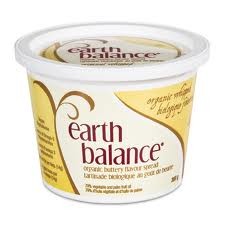

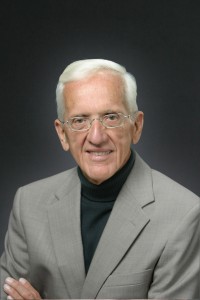

Follow Us!